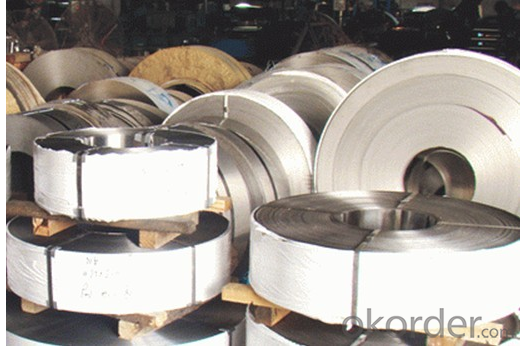Quick Details
Standard: ASTM
Grade: FS Type A and B
Type: Steel Coil
Surface Treatment: Galvanized
Application: Forming steel
Width: 600-1534mm
Length: Coil
OKorder Service Pledge
OKorder Financial Service
You Might Also Like
Standard: ASTM
Grade: FS Type A and B
Type: Steel Coil
Surface Treatment: Galvanized
Application: Forming steel
Width: 600-1534mm
Length: Coil
| Packaging Details: | Oscillated wound: one coil per bundle, inner is the protecting humidity-proof wax paper. Medium is plastic film. Outer is sackcloth or compound paper packing. Coil to be laid on single type pallet (one pile per pallet) |
|---|---|
| Delivery Detail: | Depends on specification and order quanity. |
Galvanized steel sheet /coil features:
1. Zinc coating :40-275g( as required)
2. thickness:0.13-2.0mm
3. width:600-1250mm(900mm,1215mm,1250mm,1000mm the most common)
4. coil id:508mm
5. coil weight: 3-5MT(as required)
6. surface:regular/mini/zero spangle, chromated, skin pass, dry etc.
7. Application: With excellent cold bending molded manufacturablity, good decoration effect, strong anti-corrosion ability, galvanized steel coils and sheets are also pollution-free and easily recycled. Accordingly, they can be used as final products and basic plates of color coated steel coils and widely applied in construction, home appliances, decoration, ect.

What is the application of Steel Coil?
There are two sides,one is out side: Workshop, agricultural warehouse, residential precast unit, corrugated roof, roller shutter door, rainwater drainage pipe, retailer booth;the other is inside: Door, doorcase, light steel roof structure, folding screen, elevator, stairway, vent gutter.

Send your message to us
OKorder Service Pledge
OKorder Financial Service
Similar products
Hot products
Hot Searches
Related keywords